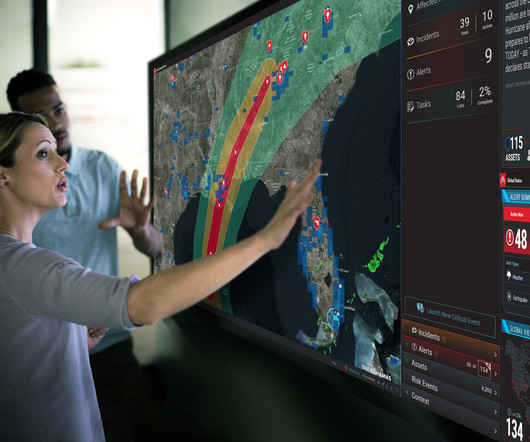A Resilience Charter
Emergency Planning
MARCH 23, 2022
The increasing vulnerability and dwindling redundancy of life-support systems will aggravate the effect of proliferating failure among critical infrastructure networks. Safety’ refers to protection against major hazards such as storms, floods and industrial explosions. Preamble 1.1 Unplanned mass migrations will occur. The citizen 4.1


















Let's personalize your content